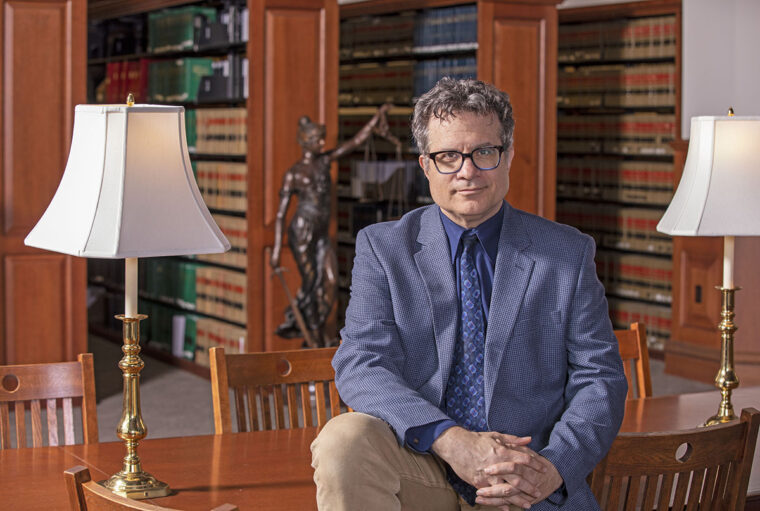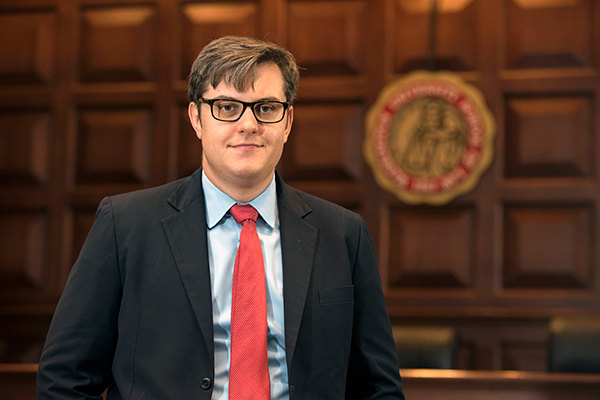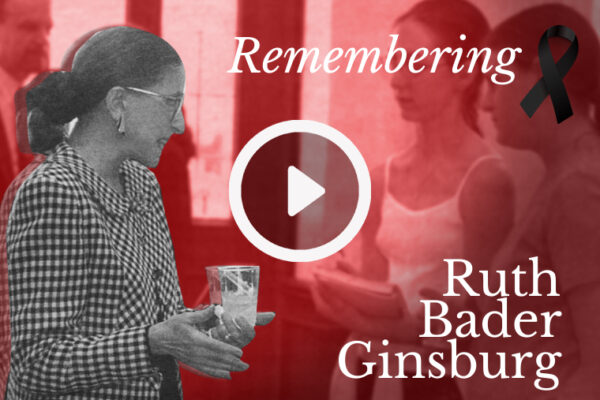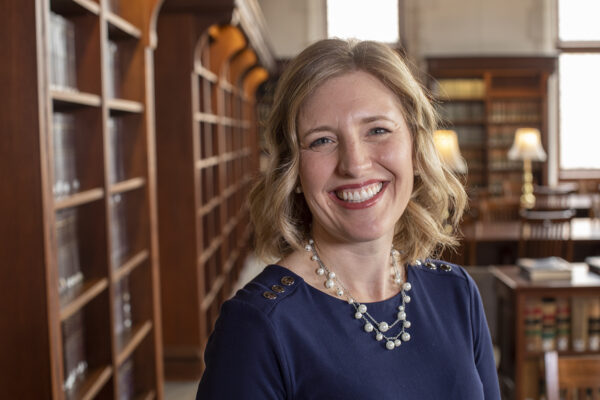What is the First Amendment supposed to do?
That may seem like a strange question. The First Amendment, on a conventional account, straightforwardly protects speakers and the press from government censorship. The problem with that conventional account is that free speech isn’t straightforward at all. A few examples: Should flows of data over computer networks count as speech? Should government interference with protests on government property — parks, sidewalks — count as censorship? Should whistleblowers like Edward Snowden and Chelsea Manning count as “the press,” and if so, what if any protection does the First Amendment give their exposure of government secrets?
“Today, under Chief Justice John Roberts, the Supreme Court’s biggest First Amendment winners are wealthy, powerful speakers: commercial data miners, intellectual property barons and, above all, wealthy political spenders.”
Gregory Magarian
These sorts of questions have always complicated First Amendment law. How you answer them depends, ultimately, on your deep normative ideas about freedom, democracy and power. Likewise, the courts that shape First Amendment law, most importantly the U.S. Supreme Court, make normative choices whenever they rule on free-speech questions. The First Amendment is always doing something.
In First Amendment law’s formative decades, the 1920s through the 1960s, the Supreme Court’s free-speech decisions protected political dissenters, socially marginal speakers and minorities of all kinds. New York Times v. Sullivan (1964) helped the civil rights movement get its message out. West Virginia State Board of Education v. Barnette (1943) shielded Jehovah’s Witnesses from enforced patriotic rituals. Tinker v. Des Moines Independent School District (1969) let school children protest the Vietnam War. The major free-speech decisions of this period empowered the weak against the strong, broadened public debate, and created or expanded opportunities for promoting political and social change.
The free-speech ground started to shift in the 1970s. The Supreme Court continued to protect political dissent and journalism. However, the court also extended First Amendment protection to commercial advertisers and large-scale electoral spenders. Wealthy, powerful speakers came increasingly to occupy the court’s First Amendment attention. More than that, the court started to promote the interests of those powerful speakers against the countervailing interests of the marginal speakers whom First Amendment law used to protect. When, for example, antiwar activists sought a First Amendment right to buy television advertising time, the Supreme Court, in CBS v. Democratic National Committee (1973), favored the broadcast networks’ autonomy over the activists’ desire to reach a large audience.
Today, under Chief Justice John Roberts, the Supreme Court’s biggest First Amendment winners are wealthy, powerful speakers: commercial data miners, intellectual property barons and, above all, wealthy political spenders. For example, in Arizona Free Enterprise Fund’s Freedom PAC v. Bennett (2011), the court barred states from offering candidates more public campaign financing when their opponents have bigger private war chests. Among the court’s notable First Amendment losers under Roberts: political dissenters, labor unions, government whistleblowers, prisoners, students and minority religious groups. In Holder v. Humanitarian Law Project (2010), the court held that the government could punish peace activists for teaching terrorist groups about nonviolent conflict resolution. Many people today, especially young people, view constitutional protection for free speech as a barrier to social progress. The present shape of First Amendment law gives that view great force.
But the shape of First Amendment law can change, as it has before. I write and teach about the First Amendment because I believe protecting free speech is essential for social progress. Speaking and writing are the most potent tools that liberal democracy offers for changing allocations of political and social power. My 2017 book, Managed Speech: The Roberts Court’s First Amendment, criticizes present First Amendment law and advocates an alternative model of free speech that I call dynamic diversity. A First Amendment shaped by dynamic diversity would focus on expanding the range of participants and ideas in public discourse.
People who object to the debased state of First Amendment law should demand and build a different First Amendment, one that won’t entrench the interests of a wealthy and powerful few but instead will promote robust debate and foster challenges to the established order. That, I believe, is what the First Amendment is supposed to do.
—
Gregory Magarian is the Thomas and Karole Green
Professor of Law.



